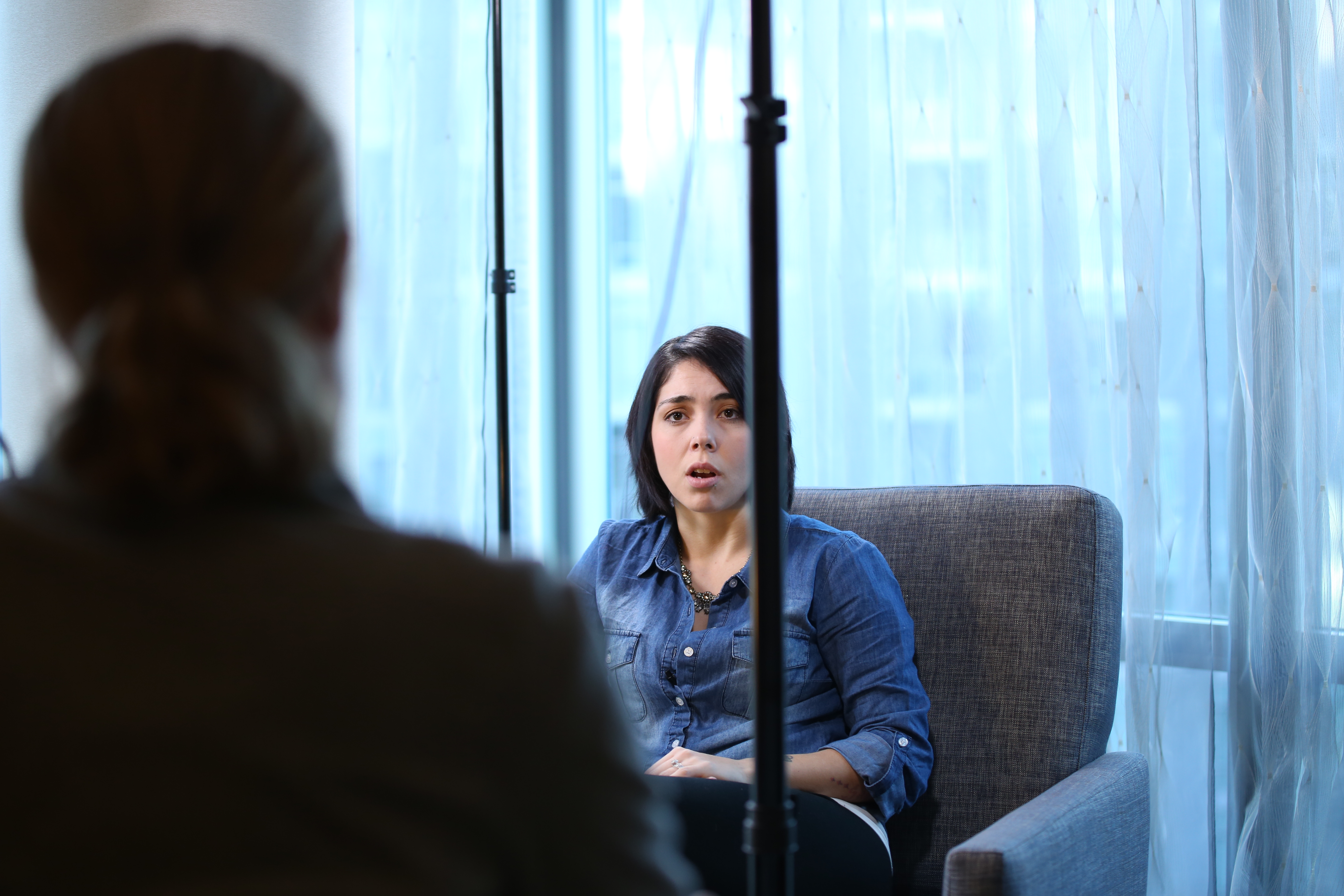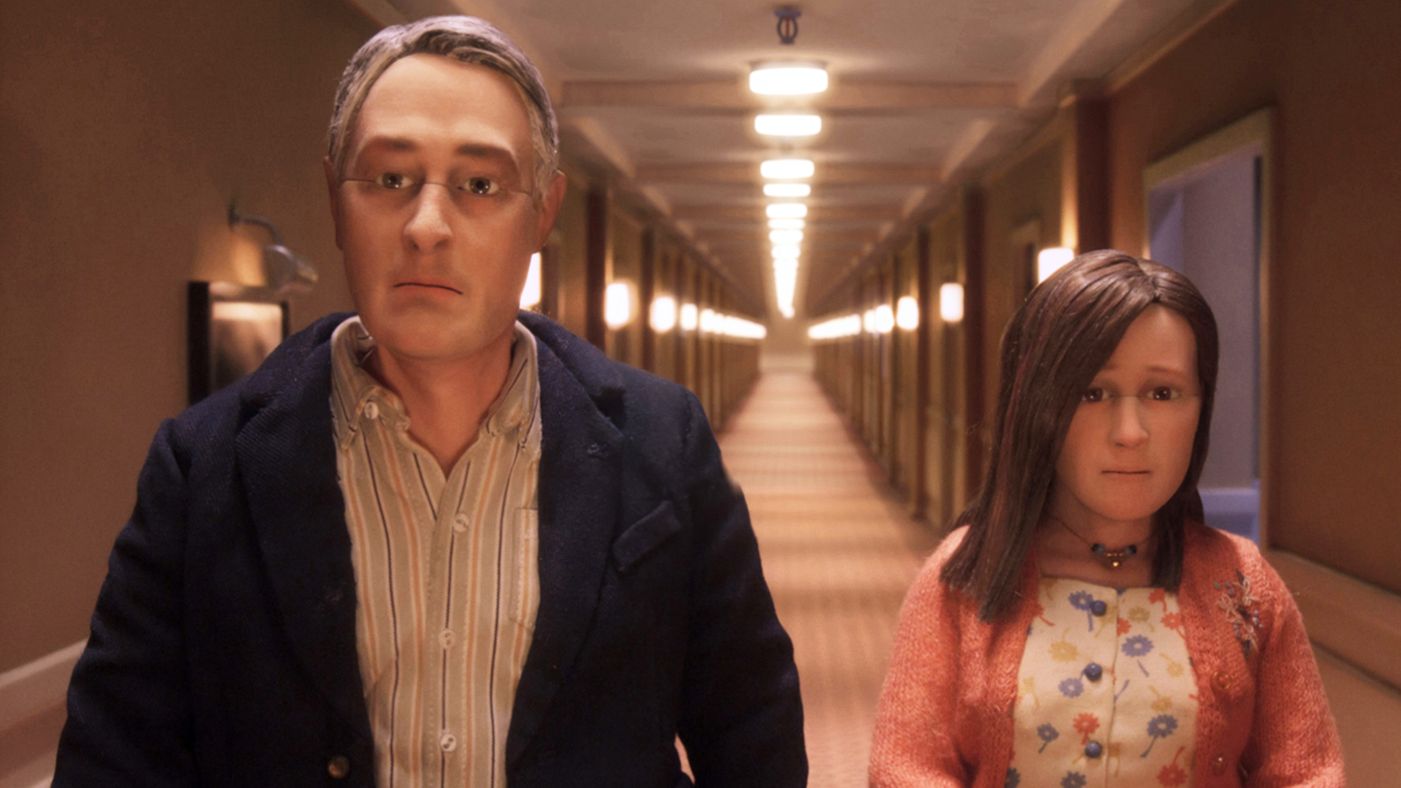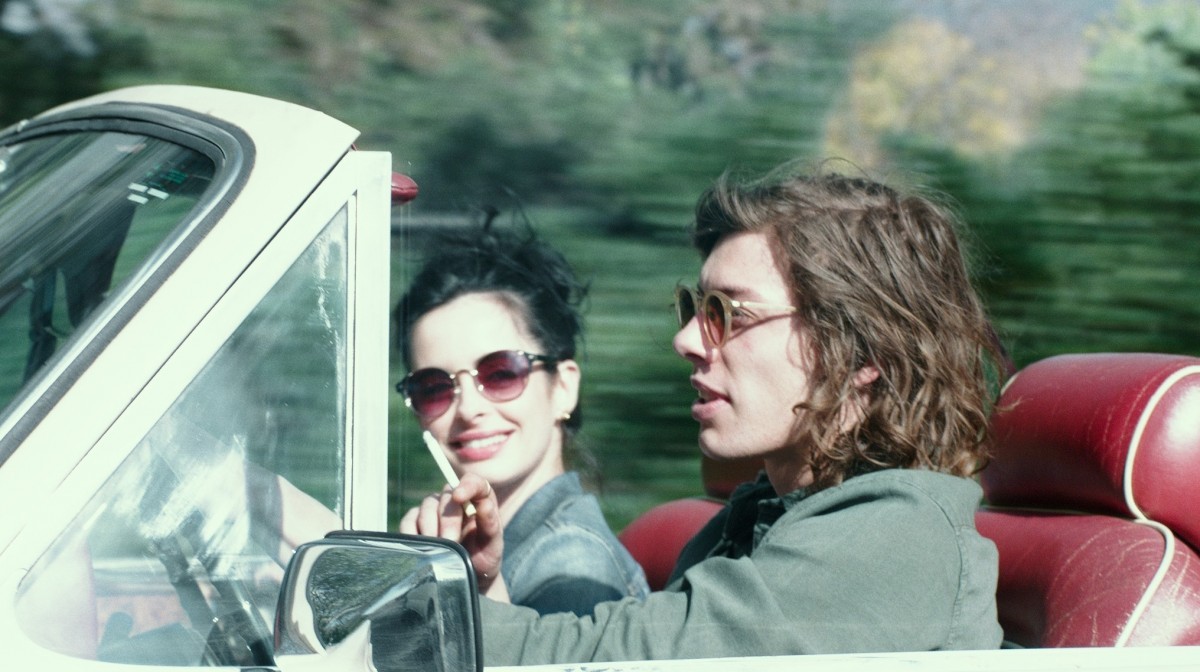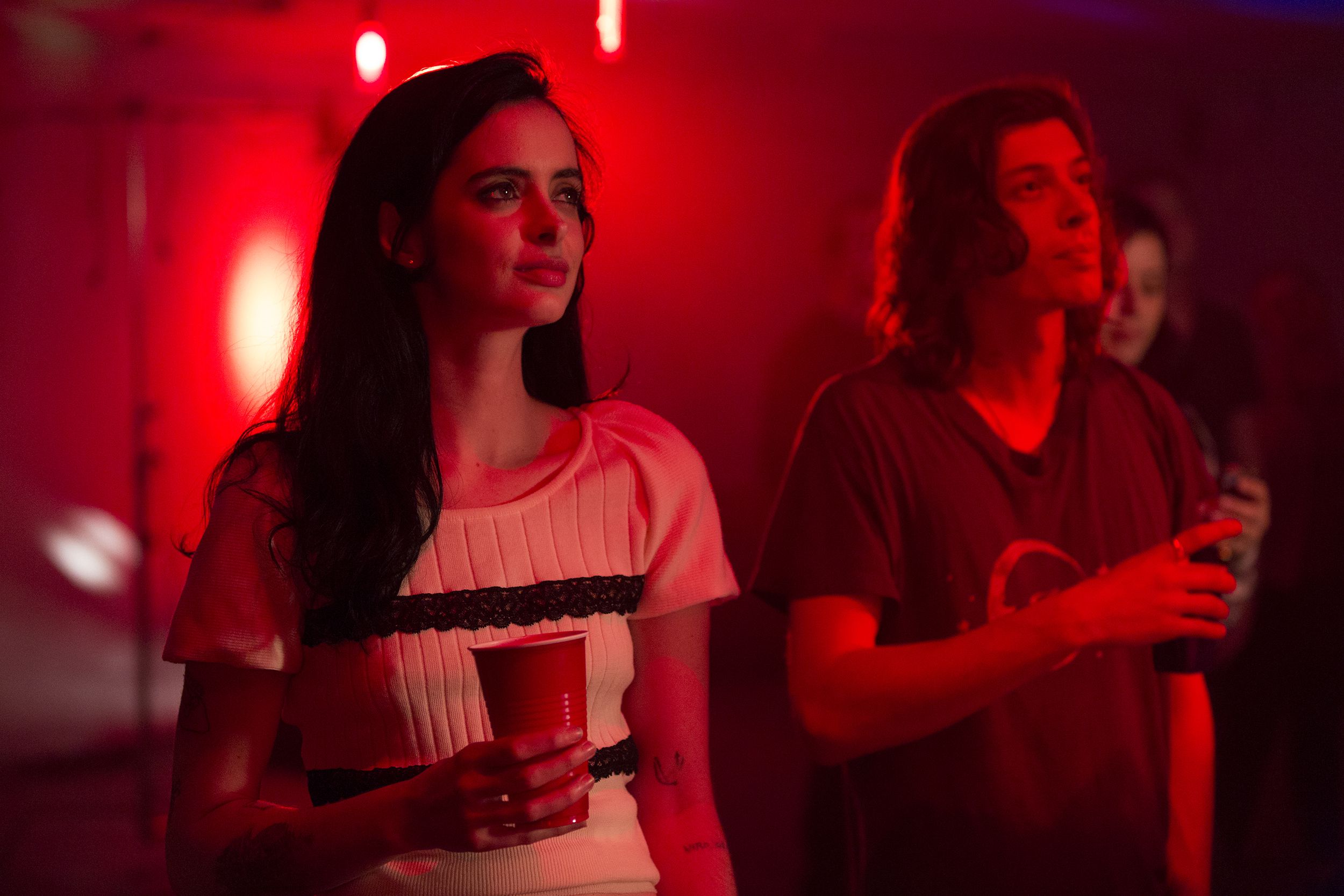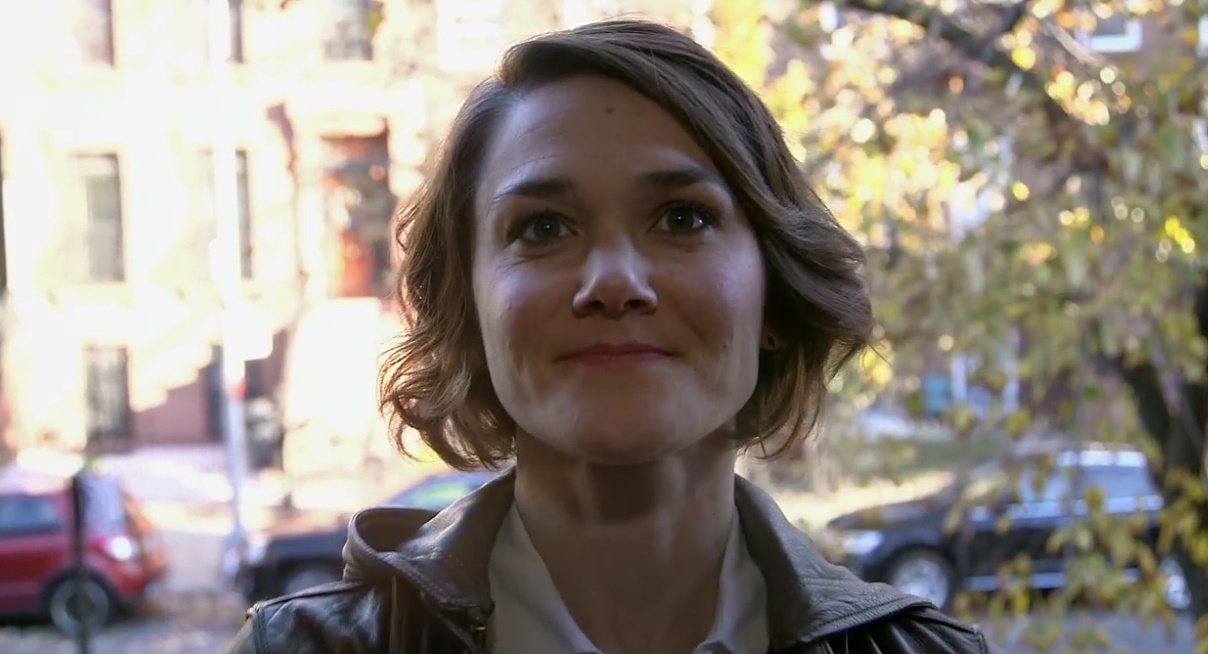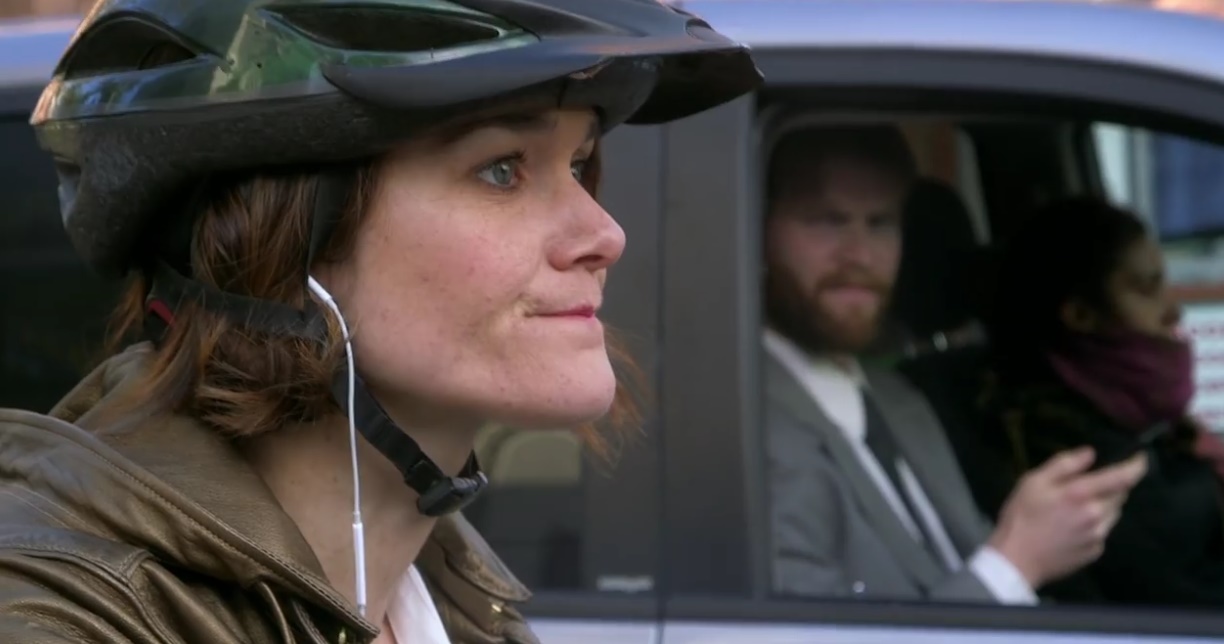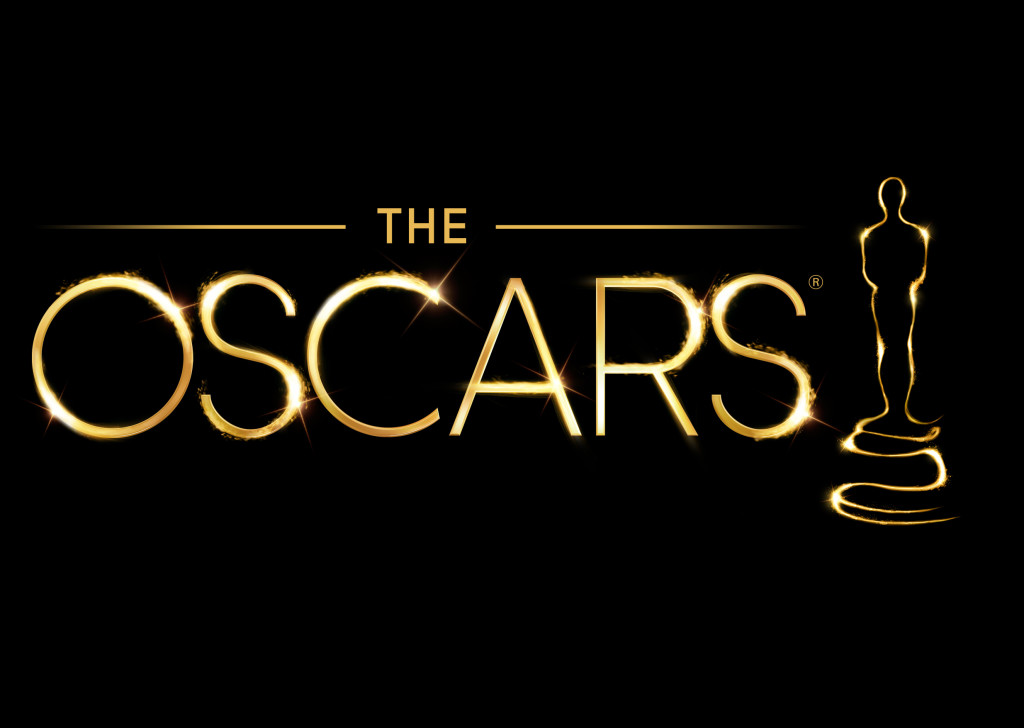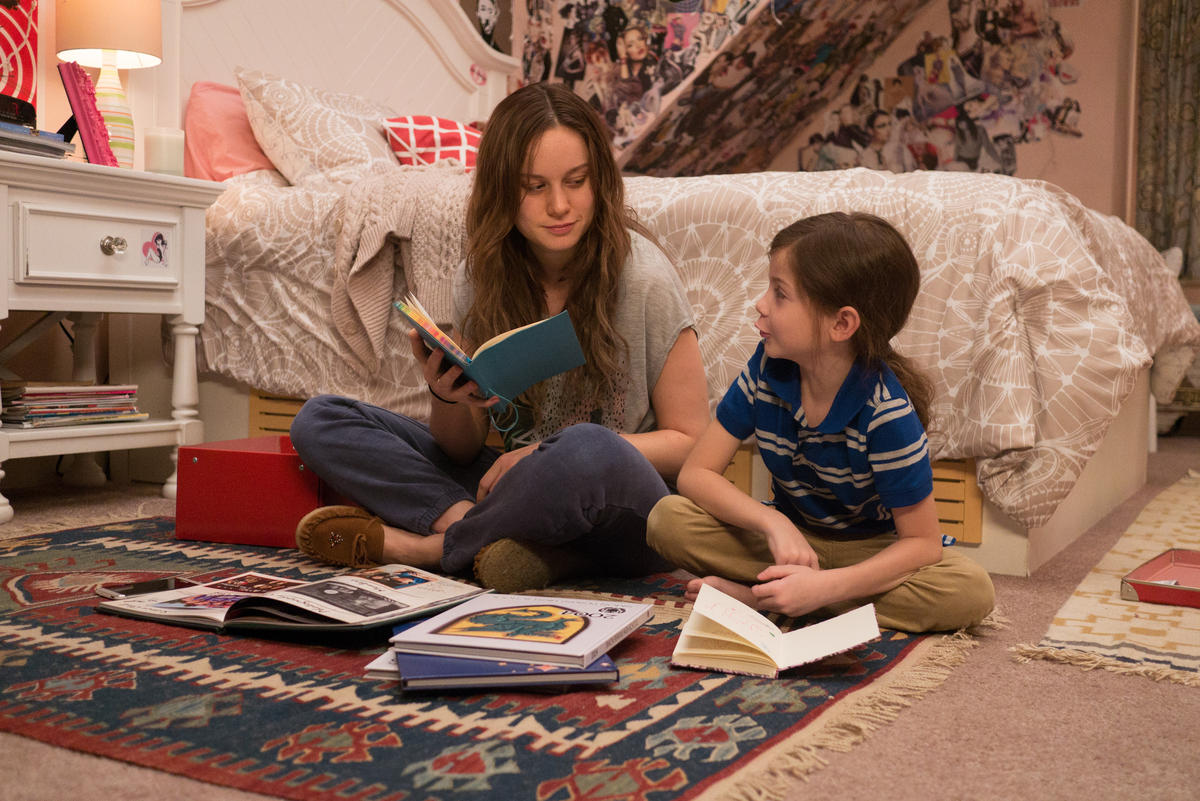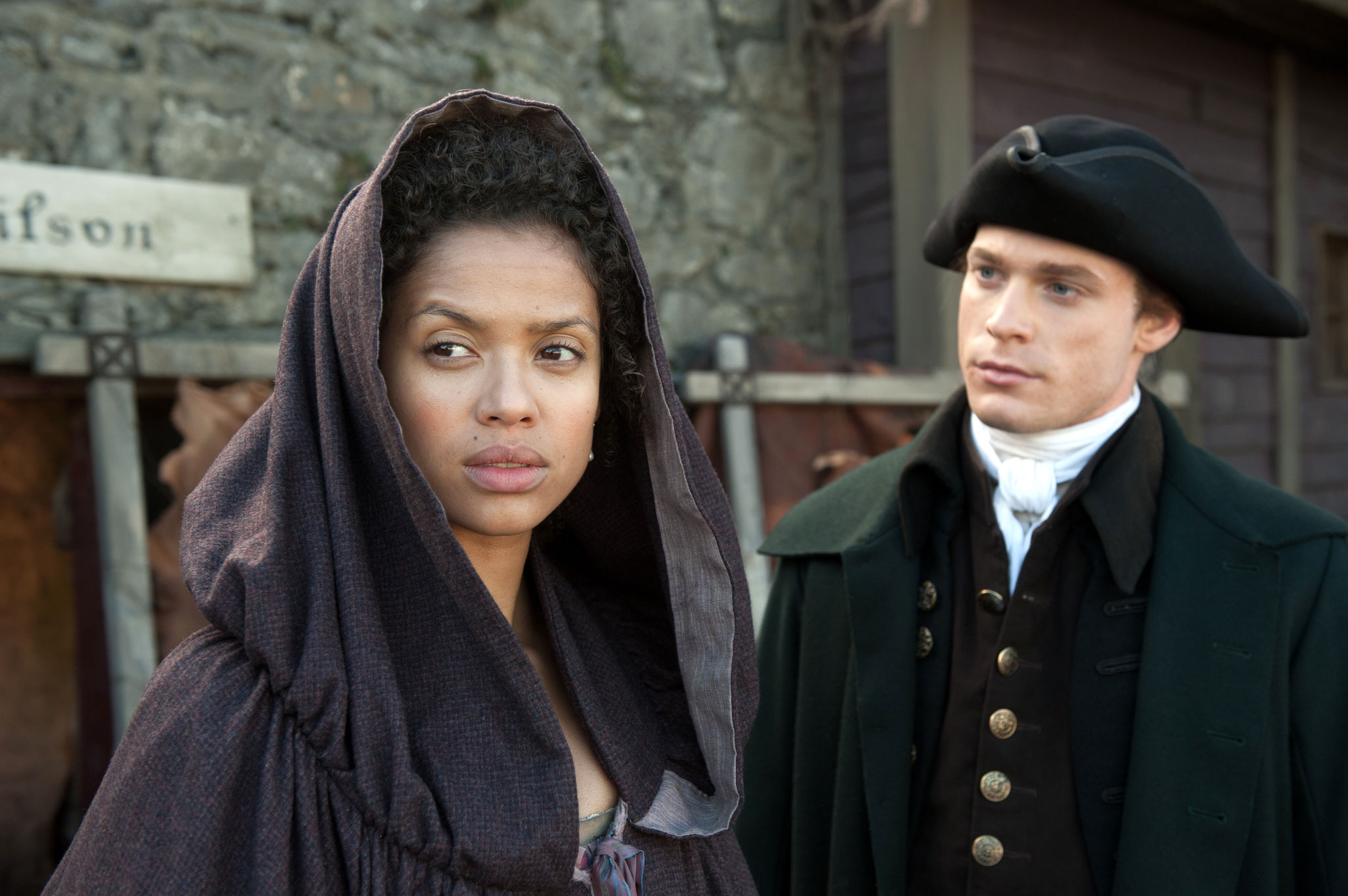
This guest post written by Deborah Krieger is an edited version that originally appeared at I on the Arts. It is cross-posted with permission.
In Desiree Akhavan’s 2014 film Appropriate Behavior, Shirin (Akhavan), the protagonist, struggles to find her place in both her traditional Iranian family and as a newly-single bisexual woman in New York City. In addition to starring as the protagonist, Akhavan also wrote and directed this offbeat, independent drama-comedy film, basing several of the elements of the film on her own life and experiences, although the plot is fictional. The film premiered at Sundance, where it was perceived as a “breakout,” received a limited theatrical release, and is currently available through various online streaming sources, including iTunes and Amazon Prime. While the film was not a financial success, grossing only $46,000, it put Akhavan on the map, earning her comparisons to Lena Dunham, a writer/director/actor of similar comedic material, and earned her a guest role on Dunham’s HBO show Girls, although Akhavan shrugs off the comparison.
Appropriate Behavior features not only a female creator, star, and director, but also a female executive producer (Katie Mustard), producer (Cecelia Frugiuele) — indeed, women make up at least half of the crew of the film. It is thus fair to say that Appropriate Behavior is a classic example of women’s cinema, which refers to films that have women in positions of creative control, as well as films that are geared towards a female audience. In an industry where women comprise only 9 percent of film directors, 11 percent of writers and 20 percent of executive producers in the top 250 films, Appropriate Behavior’s crew is quite impressive in terms of giving women control over the production of the film.
Appropriate Behavior is thus a product and a triumph of female authorship and agency in the male-dominated film and entertainment industry. Essentially, Appropriate Behavior addresses female production and agency not only in the background processes of the film, but also in content, as exemplified through Shirin’s trials and travails over the course of the film. Shirin aims to take control of her life post-breakup and establish her identity in relationship to the world around her. She gets a new job teaching filmmaking to five year-olds, moves into a new apartment, and, most importantly, tries to get over her ex-girlfriend Maxine by seeking out and engaging sexually with partners both male and female, including a leader of a feminist discussion group and a hip swinging young couple. In short, Shirin’s desire to create her own new life post-Maxine is analogous to the process of Akhavan’s making her film independently, serving as writer, director, and star, and exemplifies Shirin’s own sexual and personal agency as an active female character. Both Shirin and the film Appropriate Behavior exist outside of the mainstream: Shirin is a bisexual woman of color in an industry where films are usually made about straight white men (whites making up 70 percent of the protagonists in 2014 Hollywood films, men 88 percent, with LGBT characters only accounting for 17.5 percent of all characters), and Appropriate Behavior is an independently financed and distributed film not made to satisfy commercial needs or beckon broad appeal. At the beginning of the film Shirin starts with nothing — she is unhappily single, in need of a home, and looking for a new job — and must start from scratch, just as Akhavan conceived of the fictional story of the film, beginning, one assumes, with a white blank page. Indeed, when it comes to its depiction of sexuality, Appropriate Behavior through its form and content, center the idea of female agency and authorship, whether behind or in front of the camera.
Appropriate Behavior reflects the choices made by Desiree Akhavan throughout her burgeoning career as a filmmaker to maintain her independence, control and agency over her projects. Filmmaker Michelle Citron, in her essay “Women’s Film Production: Going Mainstream,”[1] creates a divide between usage of the terms “film-maker” [sic] versus “director,” arguing that a filmmaker exercises more “control” over her product than does a director, who trades control for increased “power” within the mainstream Hollywood production structure and, one assumes, the ability to direct projects with larger and larger budgets and commercial appeal further down the line. In the interview with Professor Patricia White preceding the screening of Appropriate Behavior at the Penn Humanities Forum at the University of Pennsylvania, Akhavan spoke about the difficulty of getting Appropriate Behavior financed, since, as both she and Citron point out, the kind of projects Hollywood supports are the kind that have been proven to be revenue-generating in the past.[2] Akhavan noted that even within the niche of more mainstream LGBT films she had little luck, since her film was a comedy, not a drama (in the vein of, perhaps, Brokeback Mountain), and thus did not receive any grants, and because her film centers on a bisexual woman of color and not white gay men, it was harder to find support.
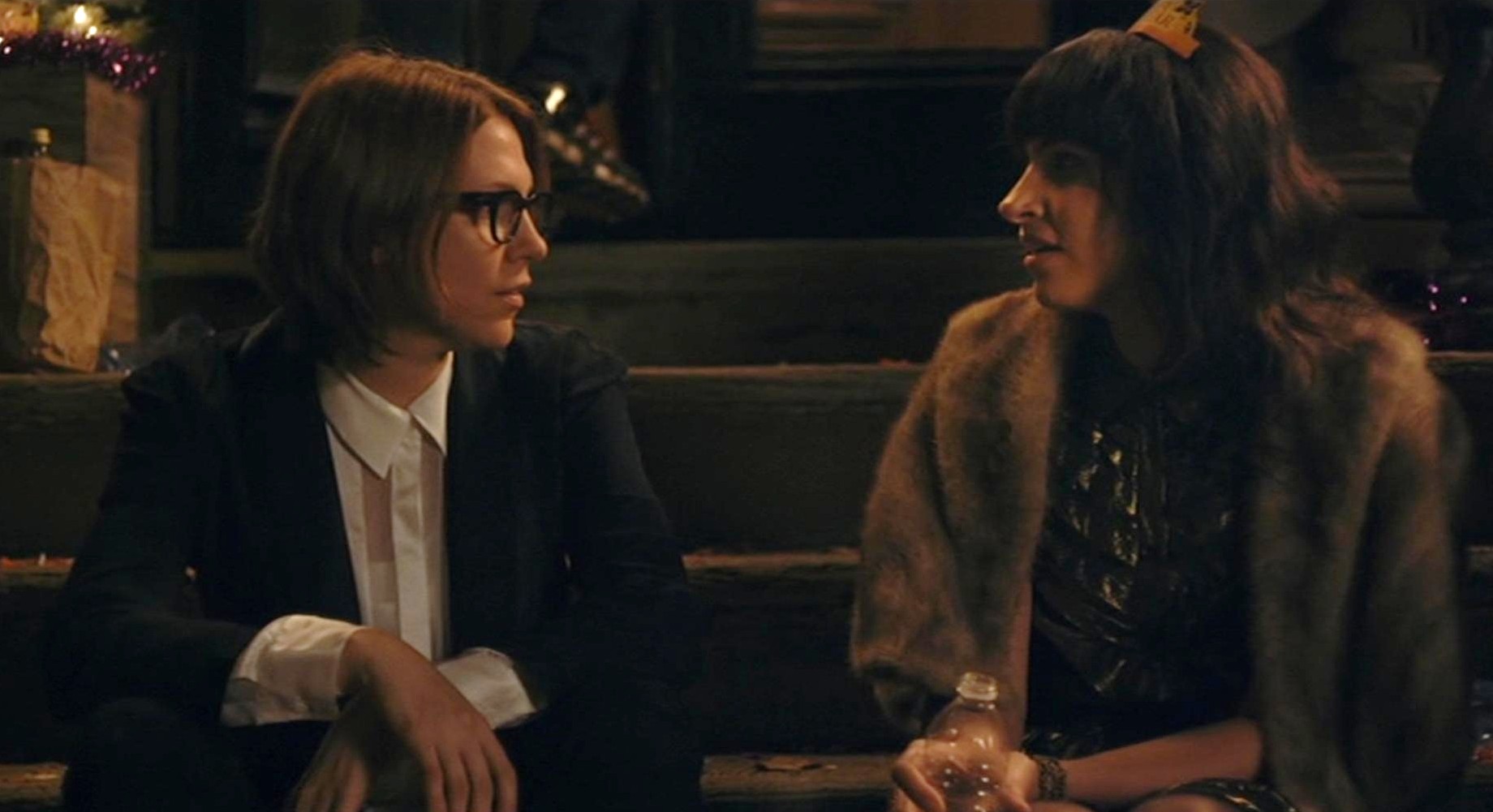
Additionally, while Akhavan did not explicitly reference Citron’s filmmaker versus director argument, she did point out that as a woman behind the camera, she had been offered to direct mainstream comedies — for example, something starring Zac Efron — but that she turned those offers down because she wanted to direct her own her projects, even though by this token she was trading a chance at power within the Hollywood mainstream for control over a much smaller film, as per the Citron model.
In terms of the film’s content, the depiction of Shirin’s sexuality also emphasizes her choices and agency in her (attempted) sexual encounters with both men and women. Just as Akhavan went to lengths to ensure her agency and authorship as a filmmaker, Shirin engages with her bisexuality frankly and honestly, seeking out partners whom she believes will make her happy (or at least satisfied), regardless of how society views her sexual orientation. She pursues a male partner for a one-night stand over OkCupid, a female feminist group discussion leader, and a couple, who invites her into their home for a threesome. In one key scene in the film, Shirin attempts to revive her existence as a sexual single woman by going to a lingerie shop and hesitantly requesting to be shown “underwear of a woman in charge of her sexuality and not afraid of change.”
Despite her attempts to prove otherwise to herself, Shirin’s sexual identity and agency is anything but assured, as the audience learns over the course of the film, and is a source of both happiness and pain for her. In her article “Pleasure and Danger: Towards a Politics of Sexuality,” which addresses conceptions of female sexuality through a feminist lens, Carole S. Vance cites a “powerful tension”[3] between pleasure and danger. While Appropriate Behavior does not explicitly define itself as feminist or anti-feminist, its take on female sexuality, especially Shirin’s bisexuality, is indicative of the divide between pleasure and danger that Vance addresses. In the film, Shirin’s bisexuality within both straight and lesbian contexts is treated as dangerous and “other”; her straight brother doubts that bisexuality is real and calls her “sexually confused,” while her ex-girlfriend Maxine, in a particularly harsh moment, wonders aloud if their relationship was just a “phase” for Shirin — particularly damning for a bisexual woman, since they are often perceived as experimenting or, indeed, “confused.” Additionally, Shirin’s sexuality is a source of stress — and, indeed, danger — in the film, because Shirin worries about alienating her traditional Persian family if she comes out to them, which is one of the causes of the breakdown of Shirin’s and Maxine’s relationship.
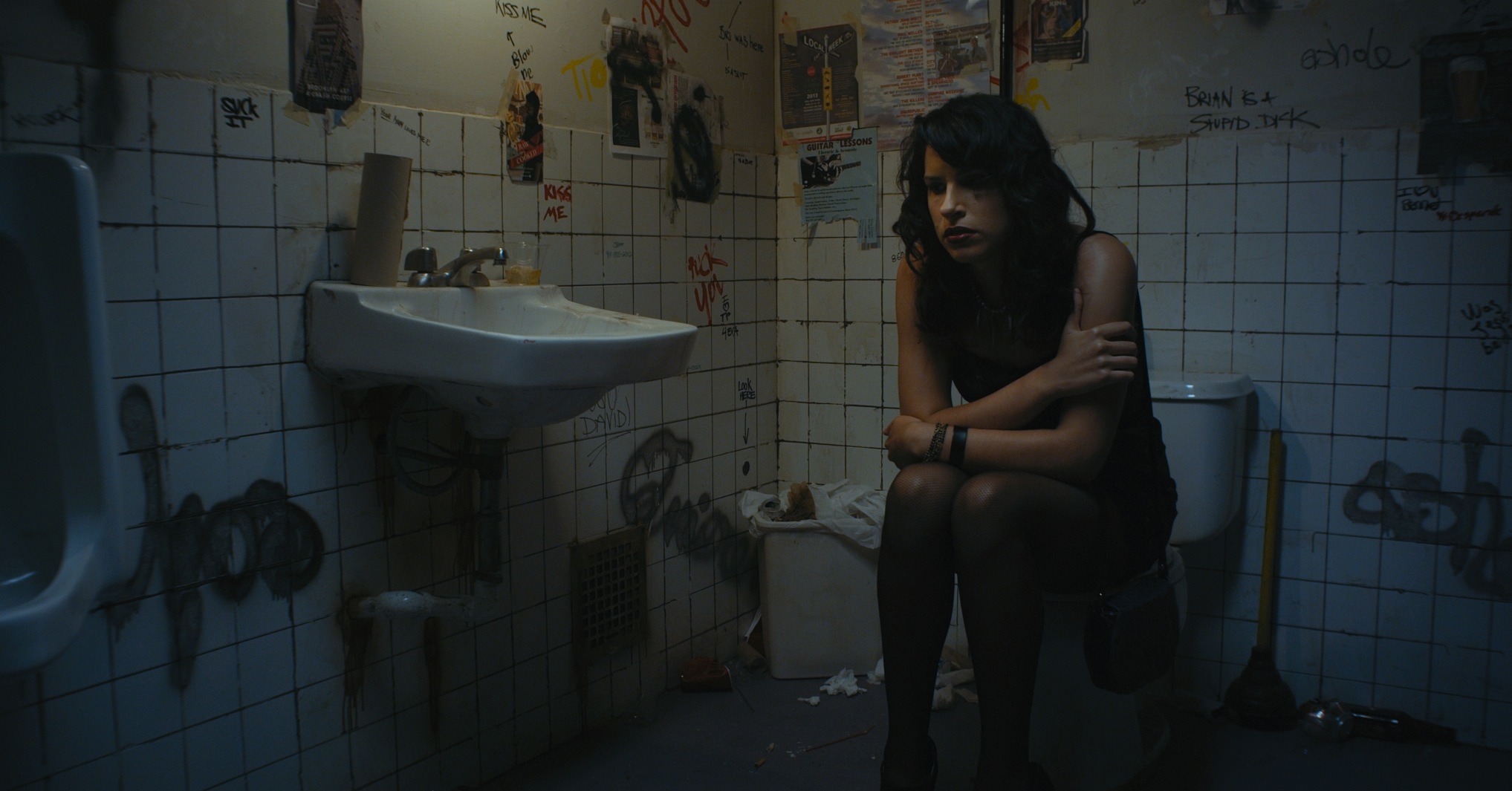
Furthermore, during the discussion with Akhavan, when the topic of filming sex scenes came up, she spoke of her enthusiasm for participating and directing these kinds of scenes, adding that she felt “empowered” by this type of material. However, what was interesting in the interview, vis-à-vis Vance’s discussion of pornography being demonized by certain feminists, is that one of the sex scenes (likely the threesome) worried Akhavan because she thought it was too close to pornography, rather than an honest depiction of sex, and had to be reassured by her producer that it would turn out to be acceptable. In the scene in question, Shirin engages sexually with the couple, then watches awkwardly as they engage with one another, leaving her out. Where the scene becomes “dangerous,” in a sense, for Shirin is the strange connection she makes with the female half of the couple — a connection that so unnerves as disturbs her that she feels obligated to leave the couple’s apartment. Through Akhavan’s intervention, a scene that could have been aimed at the male gaze and meant to titillate like pornography becomes more emotional and meaningful, with the nudity serving to advance the sentiment of the scene as well as the plot of the film. What is emphasized both in the film and in Akhavan’s commentary is the sense of female power and agency in that both Shirin and Akhavan have, and had, the opportunity and luxury of pursuing and expressing their sexuality in or through the making of the film, even if the outcome for Shirin is not what she expected.
Thus, with regards to both the behind-the-scenes processes as well as the narrative of the film, Appropriate Behavior exemplifies and addresses issues of female authorship and agency. Desiree Akhavan asserted herself not only by writing, directing, and starring in her own film, as well as hiring many women to serve on the production team, but also refusing to take on projects that would diminish her agency and control over the process and end result, preferring to be an author and filmmaker rather than a director-for-hire. Similarly, Shirin alternately asserts (and questions) her identity over the course of the film through her displays of sexuality and the choices she makes, ultimately reaching a place where she is feeling hopeful about her own life and ready to move forward, as emphasized by her finally throwing away the strap-on Maxine insisted Shirin take as part of their break-up. In Akhavan’s career as well as the content she creates, it would seem, women’s ability and agency to be sexual, to be oneself and make one’s own choices, to direct one’s own life, as it were, are paramount. Ultimately, Appropriate Behavior succeeds as a feminist film, in my view, insomuch as we can tie female agency and authorship to feminism, because it keenly addresses these concepts both behind and in front of the camera.
See also: In ‘Appropriate Behavior’: What Does It Take for a Woman to Author Herself?
Notes:
[1]: Michelle Citron, “Women’s Film Production: Going Mainstream,” in The Gender and Media Reader, ed. Mary Celeste Kearney (New York: Routledge, 2012), 177.
[2]: Desiree Akhavan, interview by Patricia White at the Penn Humanities Forum, September 25, 2015.
[3]: Carole S. Vance, “Pleasure and Danger: Towards a Politics of Sexuality,” in Pleasure and Danger: Exploring Female Sexuality, ed. Carole S. Vance (Boston: Routledge, 1984), 1.
Deborah Krieger is a senior at Swarthmore College, studying art history, film and media studies, and German. She has written for Hyperallergic, Hooligan Magazine, the Northwestern Art Review, The Stake, and Title Magazine. She also runs her own art blog, I On the Arts, and curates her life in pictures @Debonthearts on Instagram.
